Pakistani troops have violated ceasefire over 25 times along the LoC in Jammu and Kashmir since the September 29 surgical strikes conducted by Indian Army in Pakistan-occupied Kashmir to destroy terror launch pads.
The shelling by Pakistani troops has the worst impact on border villages, where people are forced to flee from the comfort of their homes to settle down in migration camps, that can now easily be called their second homes. One such village is Hamirpur, located at a stone’s throw from LoC in Jammu And Kashmir’s Poonch district.
Entering the village, one is greeted by locked doors and empty households, but more tellingly, by an overwhelming sense of dread that the blast of a shell could shatter the fragile silence at any moment.
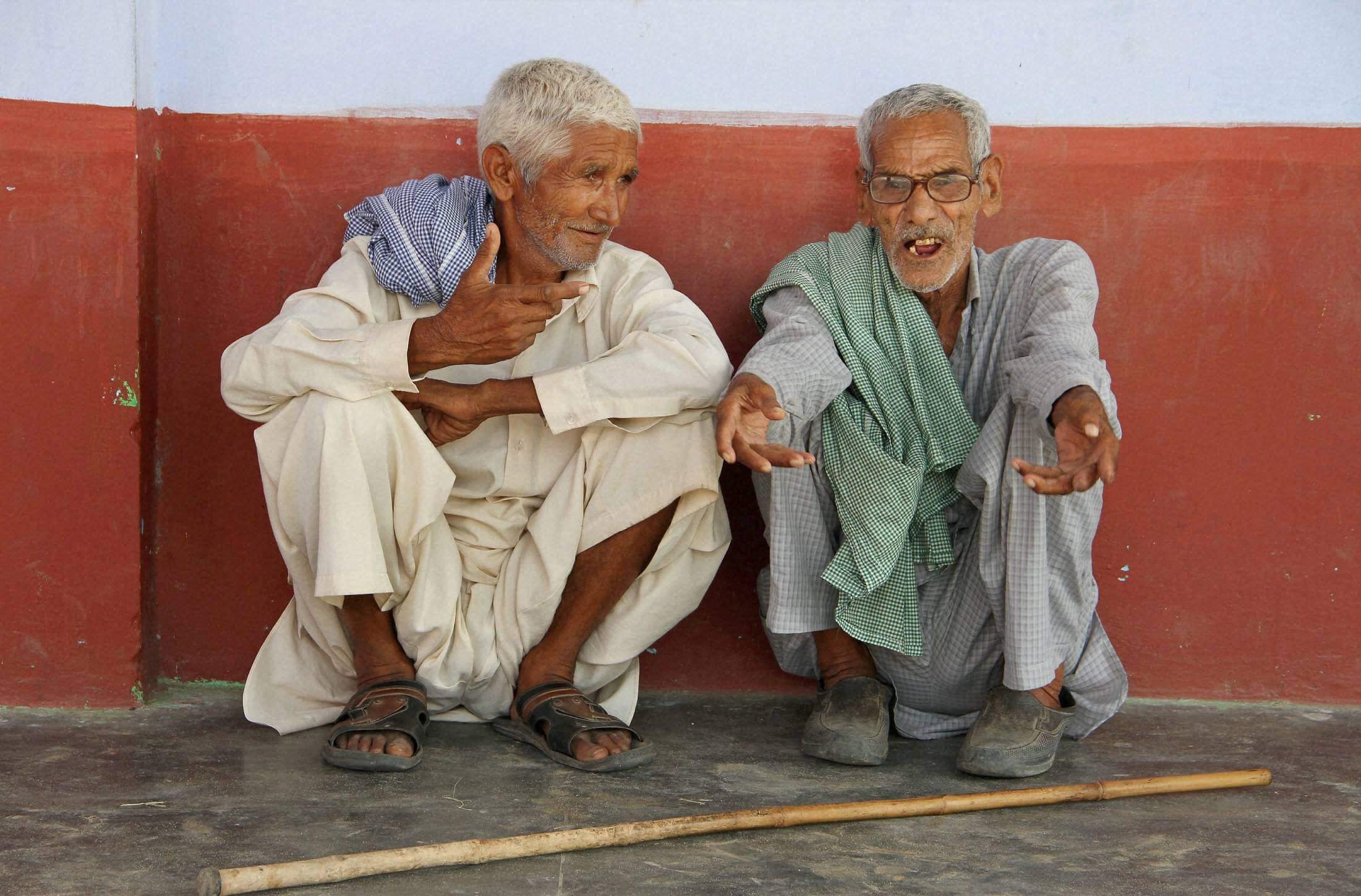
“First take shelter behind this wall before we talk. We never know when a shell from across the line of control could land here and injure or even kill us,” says 42-year-old Tarsem Lal, who has been assigned the job of feeding the cattle that have been left behind.
The village has been deserted by its inhabitants, some of whom have migrated to Jammu. Most though, have landed up at safe houses set up by the administration.
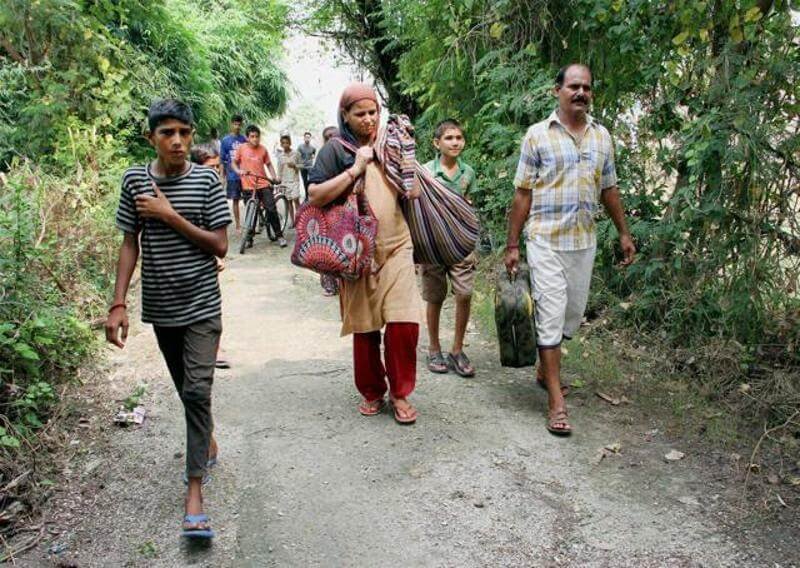
Those living in the migrant camp assign the job of feeding the cattle by turns to two men, who come here every morning risking their lives. Lal, accompanied by fellow villager Kulbir Singh (54), says people want peace to return, so that they can return to their homes.
“Who wants to stay away from a house which is constructed with so much hard work. It is our bad luck that whenever there is tension between the two countries we have to abandon everything and migrate from our houses,” Singh says.
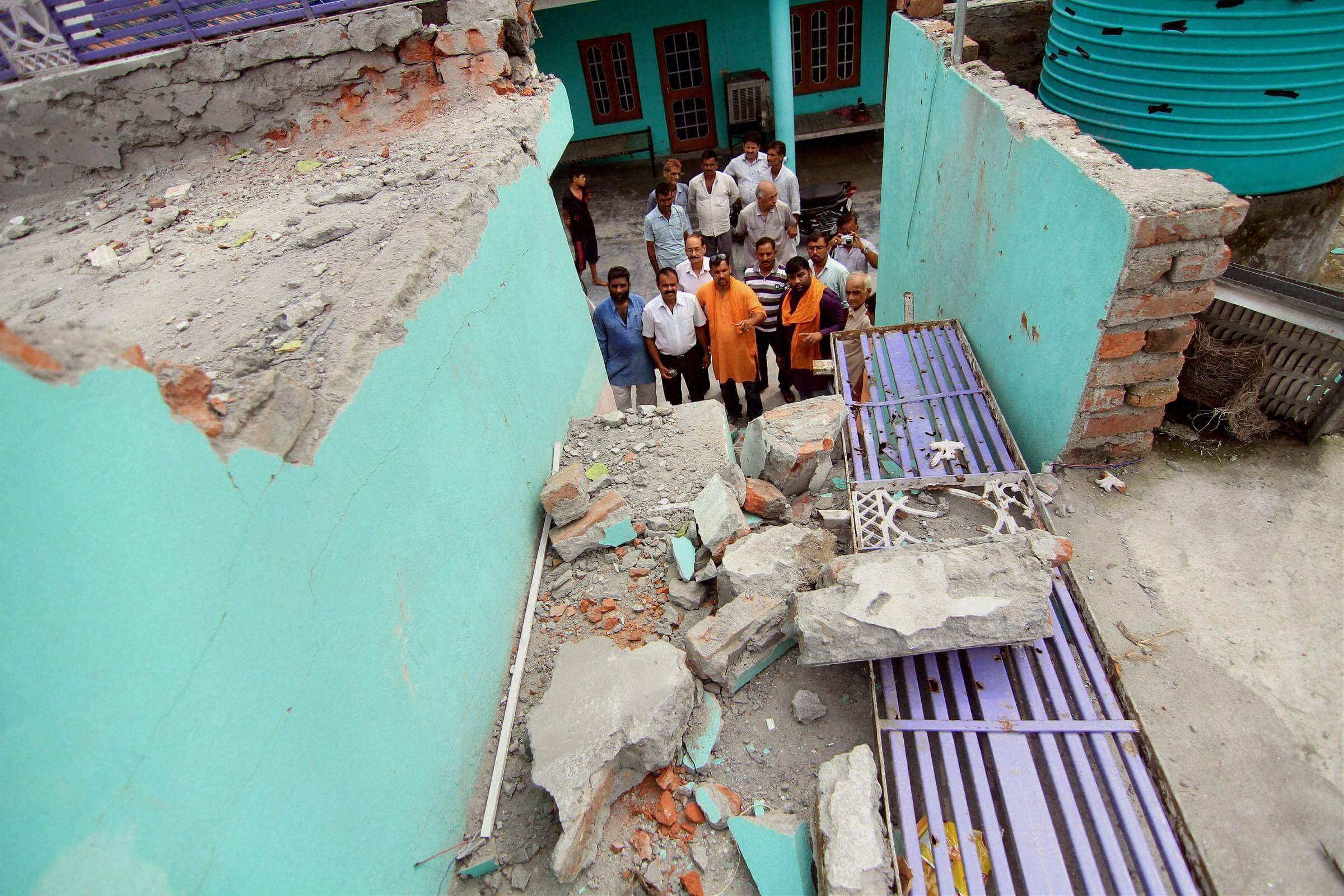
While the government has made arrangements for their stay in the safe camps and gives them meals, none have been made for providing fodder to the cattle. “These cattle would die, if we don’t risk our lives to feed them,” Singh says.
At the safe camp, it is an anxious wait for peace for 64-year-old Sheela Devi who has to make preparations for her daughter’s wedding, due early next month.
“We were planning to paint the house, make preparations for the wedding of our daughter as the date has been fixed, but this tension from across the border has spoiled everything,” she laments.
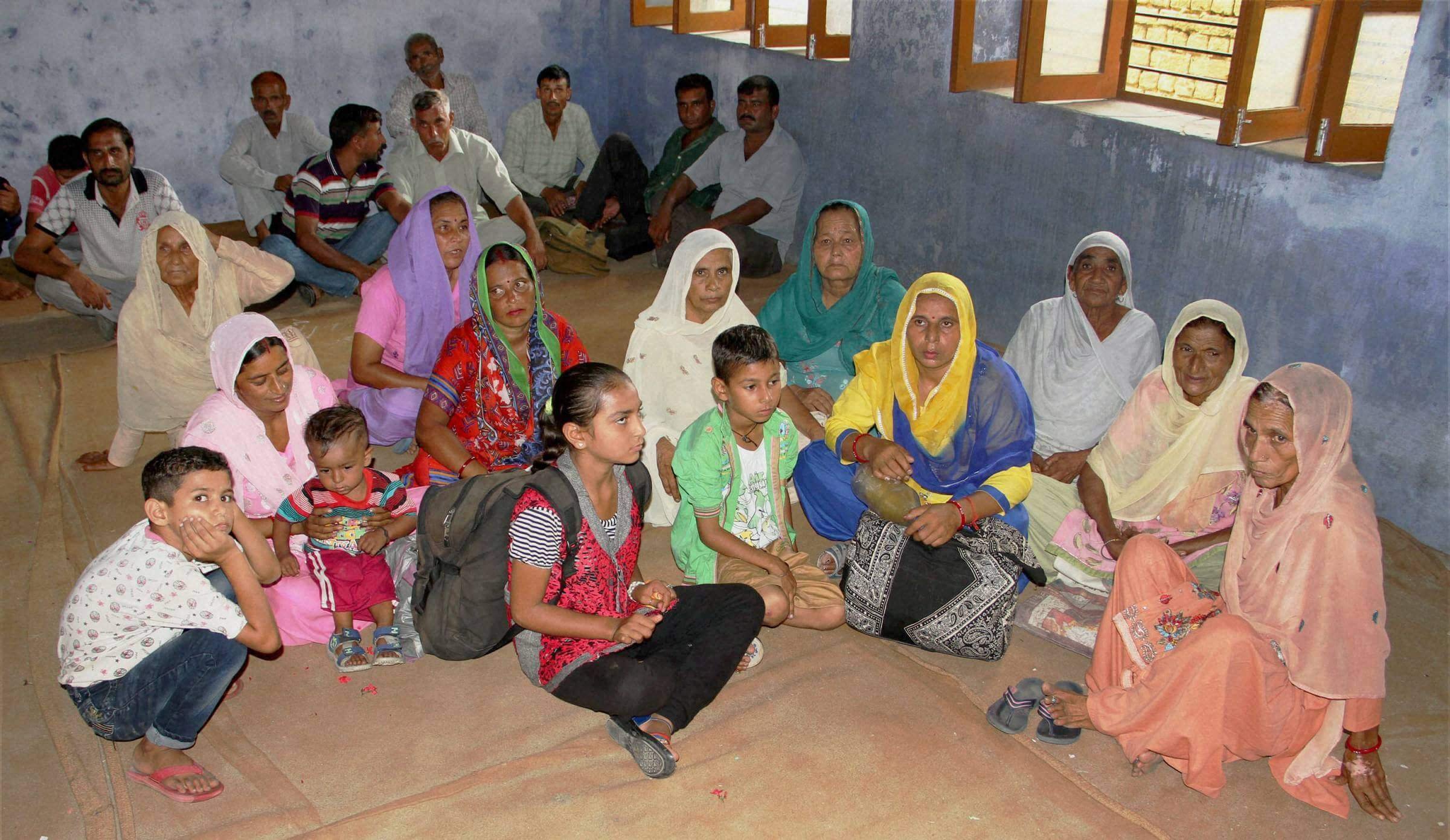
If the situation at the border does not improve, she would go ahead with the wedding at the migrant camp itself.
“The wedding has to take place as the date has been fixed by the priest, we cannot change it. But if we are unable to go home we will arrange the marriage here in this camp,” she says. In such a case Devi says she would request the government to provide financial assistance to the family.
“We are farmers by profession and earn our livelihood by selling our harvest. If we are not able to harvest our standing crop, we would be left with no money for the wedding, we will request the government to help us for the wedding of our daughter,” Devi said.
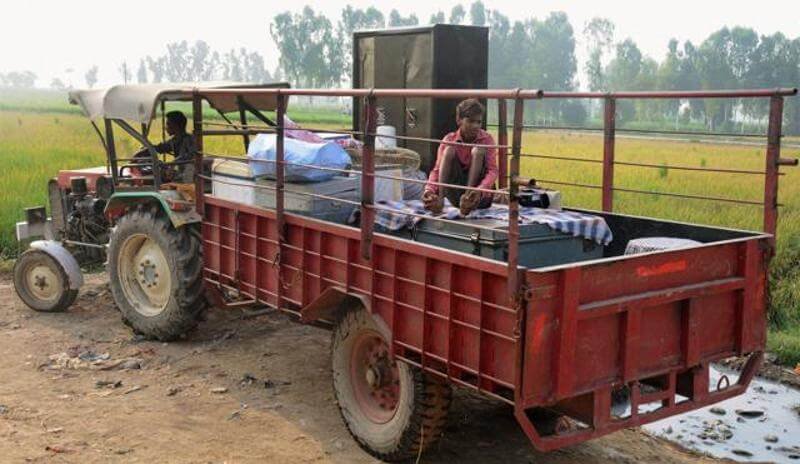
The people at this safe camp accuse the government of paying only “lip service” and ignoring their plight.
“Whenever we have to abandon our houses due to firing, the ministers come and make tall promises of providing us with plots at safe places and construction of bunkers. Nothing has been done and all that remain are only promises,” Krishan Lal, another border resident says.
According to him, the bunkers which have been constructed are in a dilapidated state and not in a condition to live in. “The bunkers are more unsafe as they can collapse any time. Apparently, nobody cared about safety standards when they were constructed.”
(Feature image source: PTI)

















